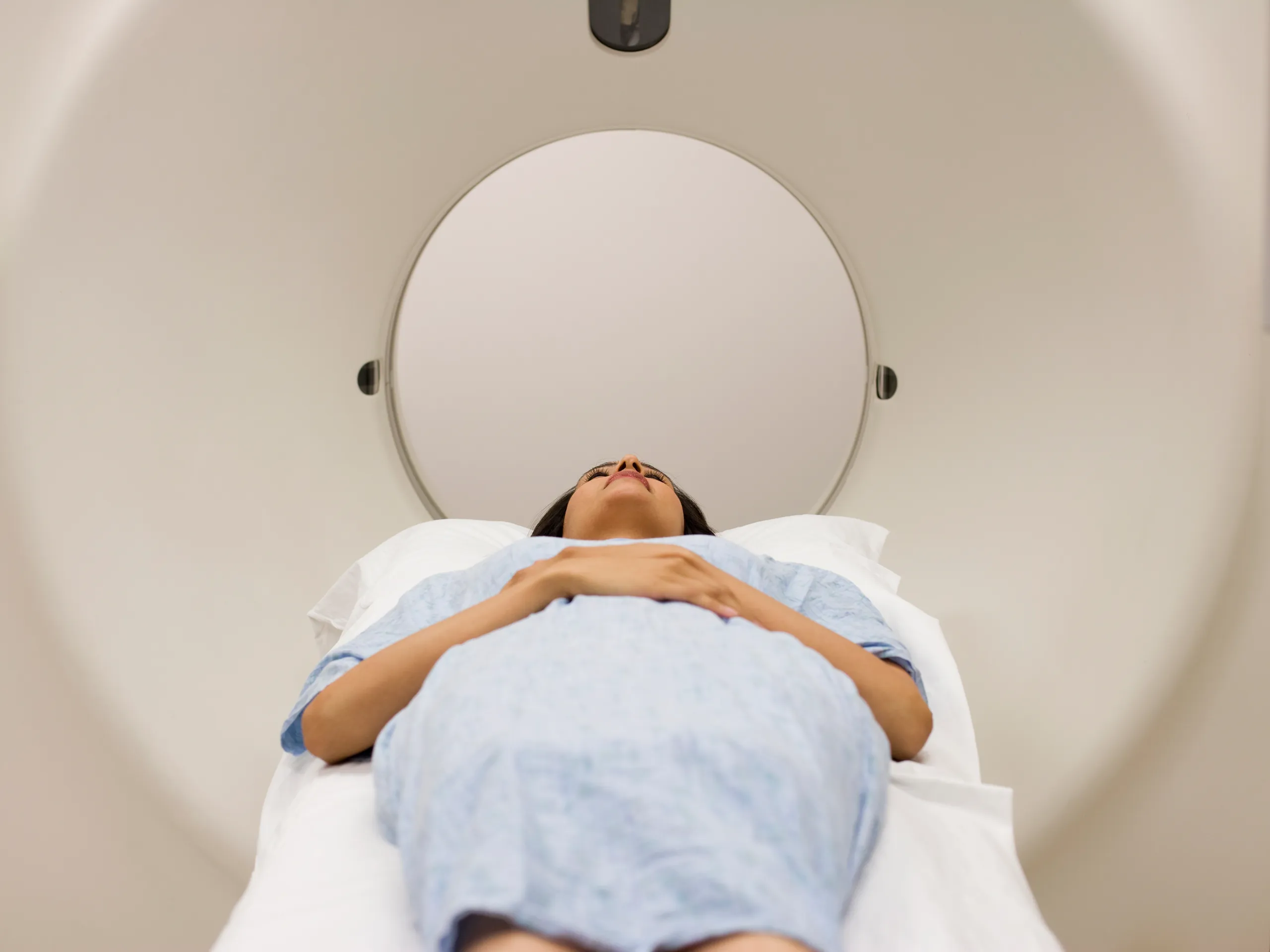
Understanding What Your MRI Really Means—and What to Do Next
It’s a moment many patients can relate to: you’ve had an MRI, X-ray, or CT scan, and the results are in. You open the report or hear your provider mention terms like “disc bulge,” “degeneration,” or “tear.” Suddenly, your mind races to the worst-case scenario—surgery, injections, or permanent damage.
Before you panic, take a breath. Let’s talk through what those results really mean—and how physical therapy can help you move forward with confidence.
Imaging Abnormalities Are More Common Than You Think
Here’s a reassuring fact: many imaging “abnormalities” are found in people who have no pain at all. Research has shown that things like disc herniations, arthritis, or tendon tears are often part of the normal aging process—much like wrinkles on the inside.
In other words, what shows up on your scan doesn’t always match what you’re feeling in your body.
For example:
- Over 60% of people over 40 show signs of disc degeneration on MRI—even if they have no back pain (Brinjikji et al., AJNR, 2015)
- Shoulder MRI reports often show rotator cuff tears in individuals who can lift, reach, and work out without issues (Yamamoto et al., J Shoulder Elbow Surg, 2010)
So while it’s easy to fixate on those findings, they’re not always the root cause of your pain or limitation.
Pain Doesn’t Always Mean Damage
Pain is complex. It’s influenced by many factors—stress levels, sleep, inflammation, past injuries, fear, and even your beliefs about your body.
Sometimes, pain is your body’s way of saying, “Hey, something needs attention,” not, “You’re broken.”
That’s why integrative physical therapy focuses on how you move, not just what your imaging shows. By improving mobility, coordination, and strength, we help you restore confidence in your body—and often reduce or eliminate pain without surgery or medication.
Surgery and Injections Aren’t the First Step
Medical interventions like injections or surgery can be helpful—but they’re not always the first or best solution.
Research consistently shows that conservative care such as physical therapy can produce equal or better long-term outcomes compared to surgery for many conditions:
- Rotator cuff tears: (Kukkonen et al., Bone Joint J, 2015)
- Meniscus injuries: (Kise et al., BMJ, 2016)
- Herniated discs: (Peul et al., NEJM, 2007)
At Embody, we work with patients who want results that last—not just temporary relief. Physical therapy helps retrain movement, strengthen supportive tissues, and address the root cause of pain.
When Surgery Is the Right Choice
There are times when surgery is the right—and necessary—step. You should consult your medical team promptly if you experience:
- Severe or worsening weakness, numbness, or loss of function
- A complete tendon rupture that won’t heal without repair
- Severe structural damage that hasn’t improved after a course of conservative care
Even then, physical therapy plays a critical role. Pre- and post-surgical physical therapy helps optimize strength, mobility, and recovery outcomes so you can return to daily life faster and stronger.
What to Do After Getting Your Imaging Results
If you’ve just received imaging results and aren’t sure what to do next, here’s what we recommend:
- Don’t panic. Abnormal findings are common and rarely the full story.
- Talk to a movement expert. A physical therapist can assess you—not just your scan.
- Stay active. Movement supports circulation, healing, and confidence.
- Ask questions. Understand your options before committing to surgery or injections.
- Find a provider you trust. Choose someone who takes time to explain, listen, and guide—not rush.
A Real Example from the Clinic
Recently, a patient came to us with shoulder pain and MRI imaging showing significant rotator cuff damage. She’d received a cortisone injection that helped temporarily, but surgery wasn’t an option she wanted to pursue.
Six weeks of targeted physical therapy later, she was back to resistance training, fitness classes, and daily activities—without surgery.
If she were to re-image her shoulder today, her report would likely look the same—but her function and quality of life tell a very different story.
That’s the power of understanding movement, not just imaging.
The Bottom Line
Your imaging results are just one piece of the puzzle. What matters most is how your body functions—and how you move forward from here.
If you’re unsure what to do next after receiving imaging results, our team at Embody Health and Performance can help you make sense of your situation and design a plan that supports your long-term health and goals.
Ready to take the next step?
Book your Physical Therapy Evaluation at Embody Health and Performance and start moving with confidence again.